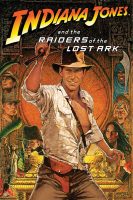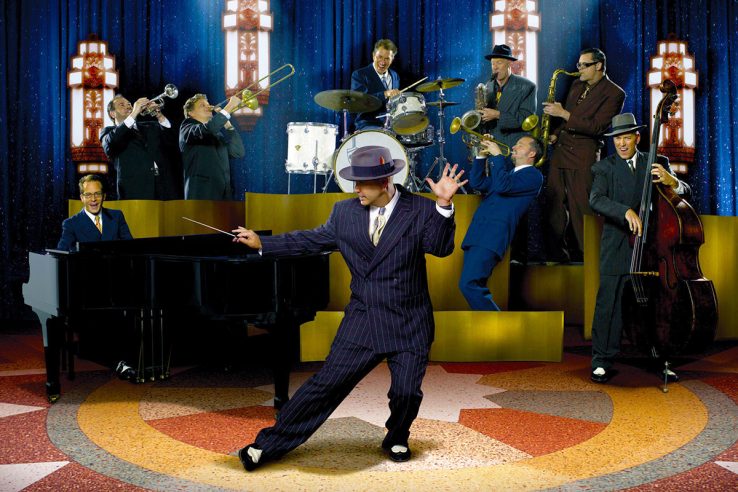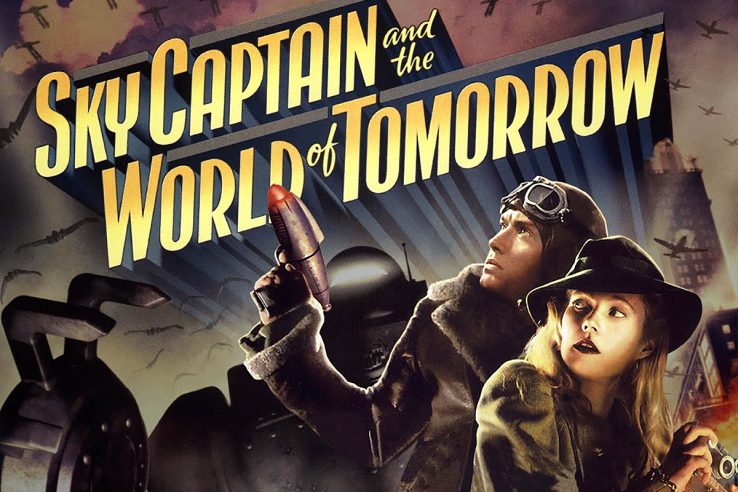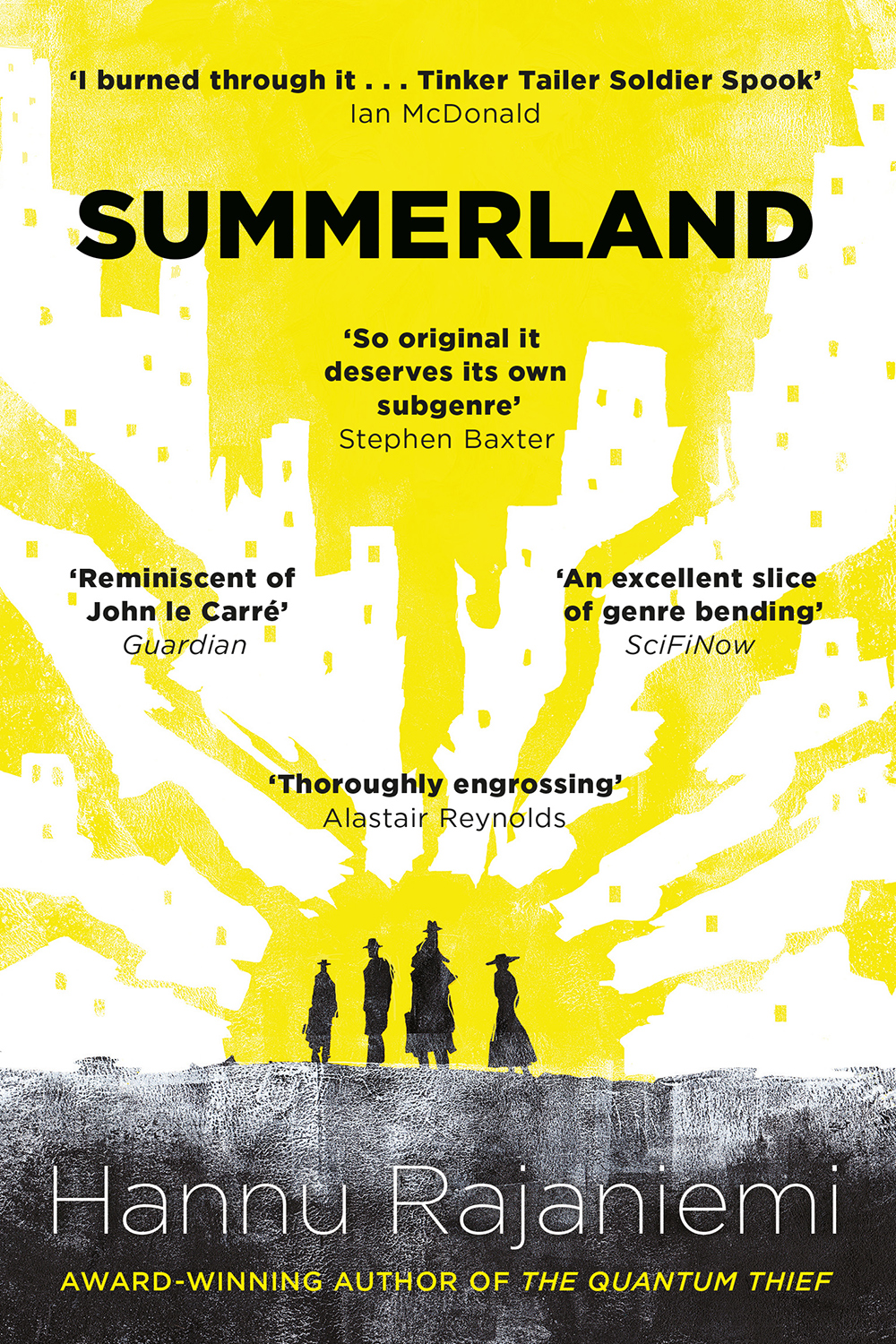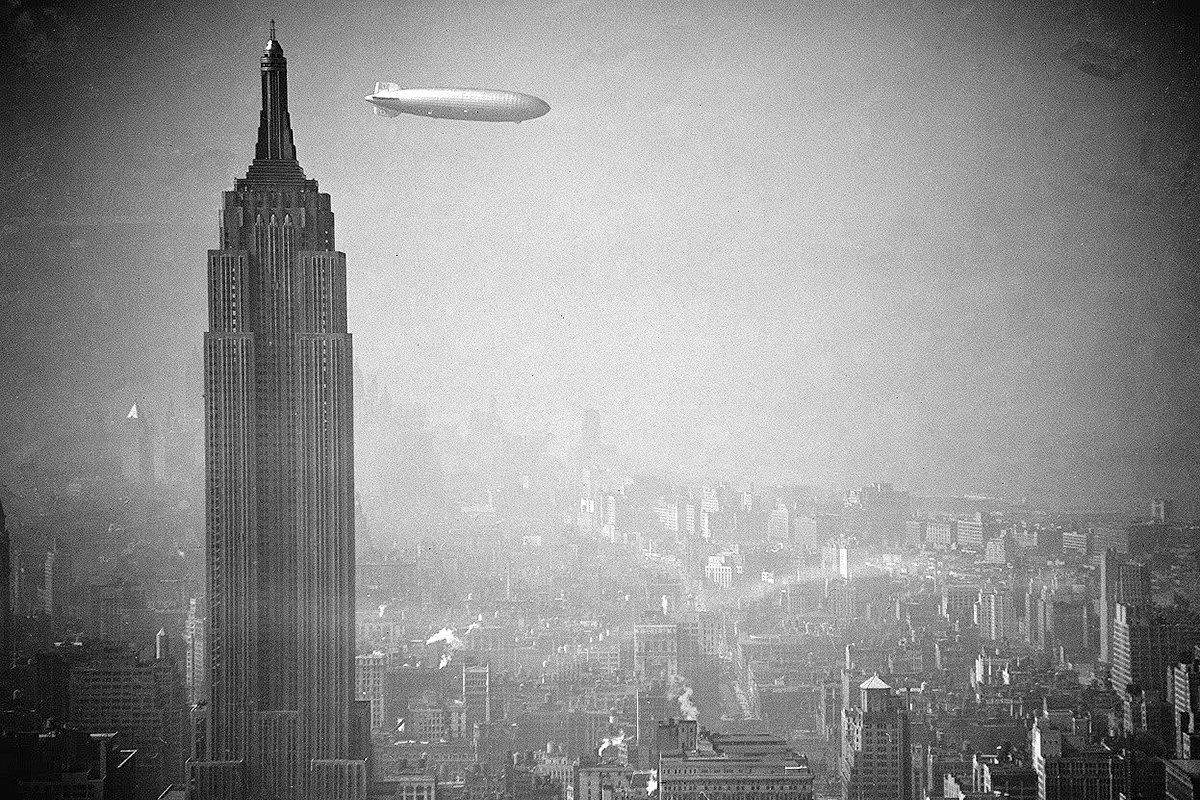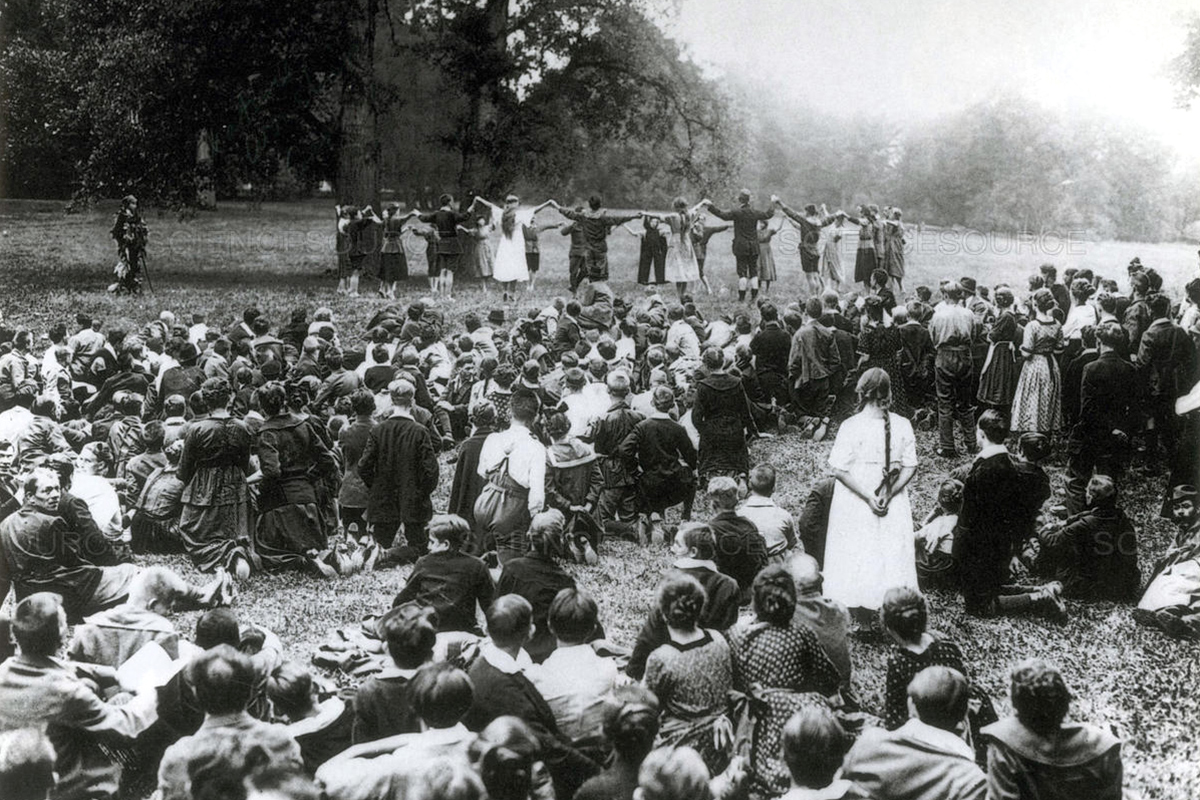Dieselpunk didn’t start with a bang. It started with the crack of a whip.
When Indiana Jones blazed his way onto the big screen in 1981, he popularized a postmodern style of art that has continued to evolve over the past three decades. Looking back at Indy and the other proto-dieselpunk milestones, we can finally understand where the dieselpunk style came from, how it faltered in the late 1990s and see how it has finally grown into its own thanks to a worldwide subculture of artists and fans. To really look back though, we need to know what we’re looking for.
Dieselpunk as a style is best described as contemporary art strongly influenced by the pop culture and technology of the 1920s through the 1940s. Instead of recreating the past, dieselpunks incorporate modern technology, punk rock attitudes and postmodern storytelling techniques in their work, making the past a starting point rather than destination.
This last point is helpful in that it helps separate the “retro-futuristic” dieselpunk style from its cousins: retro and reenactment.
Raiding the past
In 1981, Raiders of the Lost Ark mined the cliffhanger style of Republic Serials with the iconic characters of 1930s pulp adventure novels to create a feature-length Hollywood blockbuster.
Although toned down due to budgets, Steven Spielberg and George Lucas were still able to mix a lot of the core tropes of dieselpunk into the work, including an occult MacGuffin, two-fisted action and super-science as the norm. It was the huge success of Raiders of the Lost Ark that successfully planted the seeds of high-flying pulp adventure repeatedly harvested by dieselpunk and proto-dieselpunk artists ever since, most notably in the 1982 live-action television show Tales of the Gold Monkey and that show’s animated successor, Disney’s TaleSpin (1990).
I want my MTV
It’s impossible to talk about dieselpunk’s roots in the early 1980s without mentioning the influence of pop music and music videos.
When self-identified dieselpunk Thomas Dolby hit the idiot box in 1982 with his videos for the synthpop songs “She Blinded Me with Science” and “Airwaves”, he was forging a path for dieselpunk’s visual style. His efforts were followed in 1983 by some of the earliest examples of dieselpunk music, including Taco’s synthpop reimagining of Irving Berlin’s “Puttin’ on the Ritz” and The Broads’ laughably dated take on Louis Prima’s “Sing Sing Sing”.
This flare-up of dieselpunk one-hit wonders was short-lived, however, and the style laid low through the 1980s with the notable exceptions of Terry Gilliam’s dystopian sci-fi classic Brazil in 1985 and the animes of Hayao Miyazaki.
The 1990s Swing revival
At the end of the 1980s, a third wave of ska music revived the horn player’s role in popular music and with it an explosive return of the classic big band sound. Ready to swing new life into the Jump Blues style were Los Angeles’ own Royal Crown Revue and Big Bad Voodoo Daddy.
These two bands, accompanied by the punk crossover bands Cherry Poppin’ Daddies from Oregon and Wolfgang Parker from Ohio, set the stage in the mid-1990s for a diesel-powered boom none of us expected. With Swing-era-inspired movies like Newsies, Swing Kids, The Mask, Swingers, The Rocketeer and The Shadow, and television shows like The Big O and Batman: The Animated Series, swamping the mass market, Hollywood was filling its piggy banks.
For a short time in the 90s, you couldn’t throw a Louis Prima record down the street without hitting a band ready to “Jump Jive and Wail”. We had Gap kids doing the Lindy Hop, Squirrel Nut Zippers on the radio telling us to “Put a Lid On It” and Big Bad Voodoo Daddy tearing it up at Super Bowl XXXIII. By the end of the millennium though, the scene imploded.
Bar owners didn’t want dancers, they wanted drinkers. Club owners didn’t want to pay a practiced horn section when they could have a DJ for a fraction of the rate.
Worst of all, the scene cannibalized itself and what was once lauded as originality faded into a parody of itself. The artists that started it all marched underground. Those who could no longer make a living at it slipped into obscurity. It wasn’t until the emergence of social networks that these artists would find their voice again with the help of their fans.
As the Swing craze slipped back into obscurity, the roots of the style sprouted again; this time entwining itself with the growing retro sci-fi market.
In 2001, we saw dieselpunk performance artist Dr Steel release his first album and we finally saw the word “dieselpunk” printed, describing Lewis Pollak’s sci-fi fantasy roleplaying game Children of the Sun. However, it wasn’t until 2004 that we saw a definitive expression of dieselpunk splash across the world.
Capturing the World of Tomorrow
When Kerry Conran’s Sky Captain and the World of Tomorrow hit the big screen, it really defined what we now know as the dieselpunk style. Using a CGI backdrop and A-list actors like Jude Law, Gwyneth Paltrow and Angelina Jolie, the movie brought a retro-futuristic vision of 1939 that had never been seen before. With obvious nods to the original period, Sky Captain always felt fresh without being derivative. It had high-flying action, a cold war between mad scientists and a period setting that exemplified practically all of the tropes of modern dieselpunk.
While Sky Captain‘s pricetag prevented it from becoming a hit in Hollywood, dieselpunk’s influence could still be felt around the net. With fans and artists coming together at an exponential rate thanks to the social networks in 2005, we saw a new wave in the style that captured all of the imagination and talent that the Internet could offer. Artists like Aaron Diaz (Dresden Codak), Keith Thompson, ixlrlxi, Sam Van Olffen, Marcin Jakubowski, Tom Floyd, David Brown, John Picha and Stefan Paris were creating original work in the dieselpunk style and, thanks to the web, the fan base finally solidified.
Pulling these fans together into an online community was an enormous task. Even with The Gatehouse website and now-defunct Flying Fortress feeding the fans, we saw a surge in popularity and fans were hungry for dieselpunk like never before. They were boosted by the growing popularity in retrofuturism thanks to The New York Times bestsellers Leviathan and The Company Man, 2007 Game of the Year BioShock and Marvel’s best-selling Noir line of comics.
With dedicated social events and conventions and growing Internet communities like Dieselpunks.org hitting the web in 2009, the future of the past as it stands today looks as bright as we can make it.
As long as we keep looking ahead and sticking to what we love, there will be plenty more milestones down the road.
This story first appeared in Gatehouse Gazette 22 (August 2012), p. 7-9, with the headline “It’s Not the Years, Honey, It’s the Mileage”.


